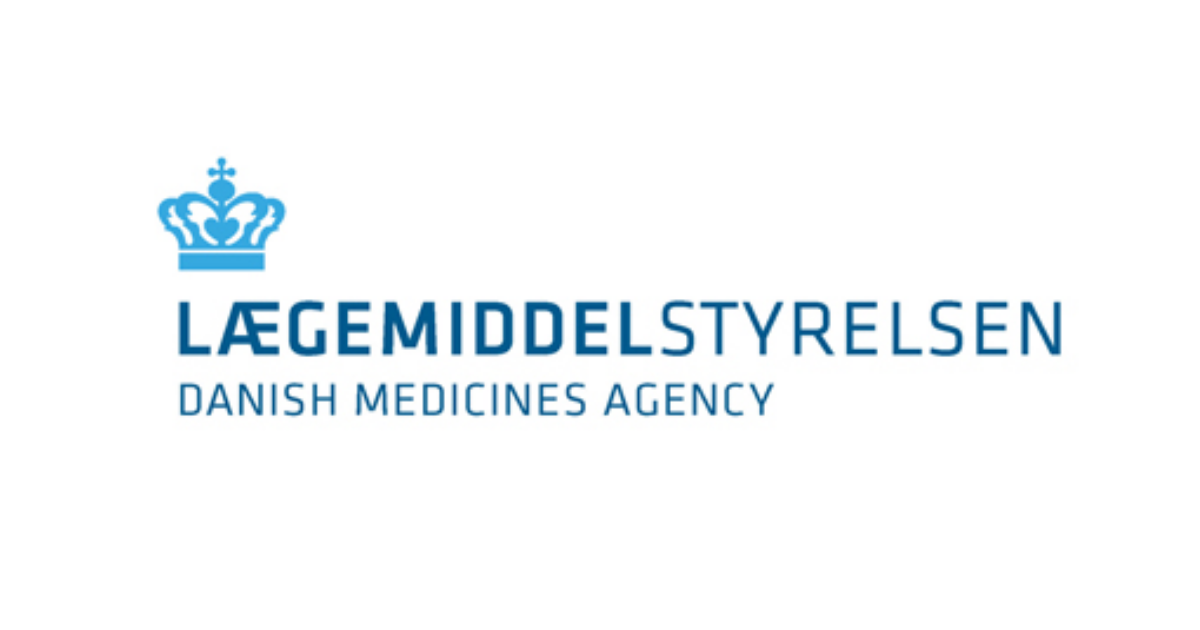EU one step closer to electronic product information
In 2023-2024, the Danish Medicines Agency participated in a pilot set to pave the way for using electronic product information (ePI) in favour of the printed package leaflets provided in the medicine package and the printed product information for healthcare professionals.
For some time now, European drug regulatory authorities have investigated the possibilities of phasing out the printed product information in favour of electronic versions that patients and healthcare professionals may access via a computer, tablet or telephone, for instance by using a QR code on the medicine package.
While cutting down paper consumption will be more environmentally sustainable, it will also be less cost-intensive for the pharmaceutical industry if they are only required to produce and update their product information electronically. On top of that, it will be an advantage for patients if they can always access the most recent version of the package leaflet online by clicking on the electronic version, especially considering that updates to the printed package leaflets could be delayed due to production.
That said, there is some concern about the potential negative consequences for patients if the printed package leaflets were to be abolished. It is likely that many will still appreciate receiving information about the medicine they take on a piece of paper supplied with the package, and particularly in other EU countries, there are still quite a few citizens who neither have basic IT skills, the necessary IT equipment nor stable internet access.
Experience gathered in an EMA report
To gain experience from preparing electronic product information, the Danish Medicines Agency has, in the past two years, participated in a pilot alongside the drug regulatory authorities in the Netherlands, Sweden and Spain as well as the European Medicines Agency (EMA).
In the pilot, pharmaceutical companies have tested the preparation of 23 ePIs (electronic product information) in a new electronic standard format by means of an editing tool developed and made available by the EMA. The test has run in parallel with the usual regulatory authorisation procedure, and the documents created have subsequently been made (temporarily) available at the website of the EMA.
The EMA has gathered experience from the ePI pilot in a report, finding that the EU regulatory system is generally prepared for a phased-in implementation of electronic product information, while also recognising a need for further development of functionalities and integration with current IT systems. This work will continue in 2025.
After this, the report recommends that ePIs should initially supplement the paper versions, so that the solution will be a combination of electronic product information in both paper and electronic form. This is to happen on a voluntary basis, beginning with centrally authorised medicinal products in the EU, after which the Member States may progressively expand to ePI implementation for national authorisation procedures according to their ‘IT readiness’.
Denmark and the Nordic countries are in the lead
The digital literacy of the Danish population is generally high, and we are at an advanced stage compared to the populations of many other EU countries. This applies both to the prevalence of smartphones, tablets, computers and the IT infrastructure in Denmark, and it also matters how good people are at using the internet. Therefore, Denmark may very well be in the lead in this area, and this is something the Danish Medicines Agency will continue to keep focus on.
However, there are many aspects to consider regarding electronic product information. In addition to taking patients and manufacturers into account, the ongoing work will also involve a number of legal and clinical considerations regarding the various models that may come into play.
In addition to participating in the EU pilot, the Danish Medicines Agency, together with the other Nordic countries, has just launched a related project involving common Nordic packages for hospital medicine. This initiative allows pharmaceutical companies to supply packaging for all five Nordic countries, where the printed product information is in English, while product information in the national language can be accessed electronically through the website of the concerned authority.
Also read the previous news on the EU pilot: First electronic product information published for medicines
Read more about the Nordic pilot: Common Nordic packages for better availability
